From Chinese novels to penny novels
In the early 20th century, the trend of Chinese novels was dominant, translations were published in large numbers, published in newspapers in long chapters, published in books and distributed in three installments. Before winning the Tu Luc Van Doan award, Anh Tho opened Chinese novels to read. "When I had free time, I looked through my aunt's books. There were Tai Sanh Duyen, Song Phuong Ky Duyen, Anh Hung Nao, Tuc Anh Hung Nao, Tay Du, Dong Chau Liet Quoc ... I read voraciously day and night". To Hoai, Huy Can, Nguyen Huy Tuong... most of them had read many Chinese novels when they were young.
Readers' love of Chinese novels made Pham Quynh in 1918 consider this a problem of Vietnamese literature when he thought that those novels infected people's minds and spirits, causing them to act wrongly. "It is not to blame the national ideology for being immersed in endless fascination, sometimes giving rise to foolish actions that harm the peace and order in society because of that."
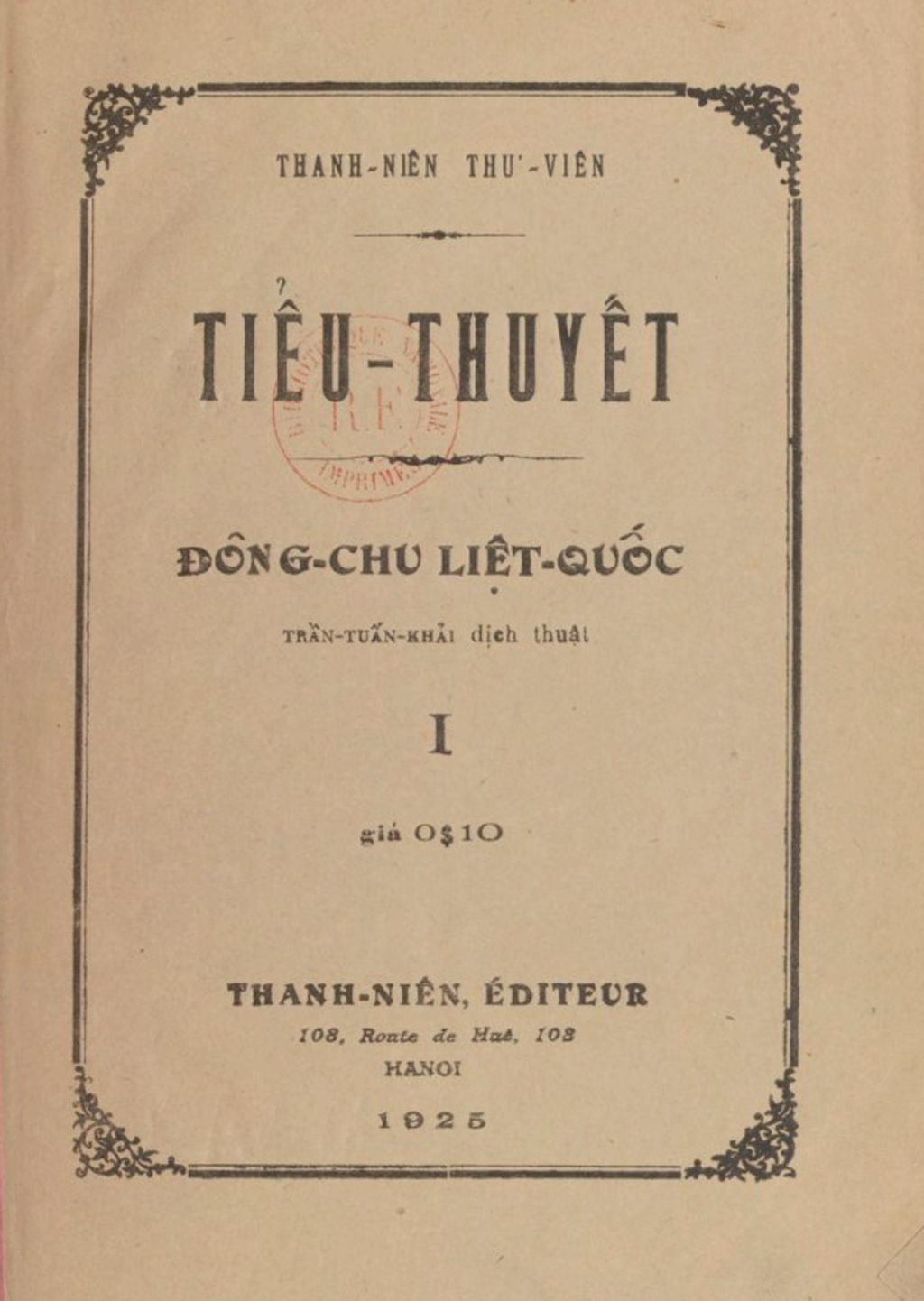
The novel Dong Zhou Lie Guo, Volume I, translated by [A Nam] Tran Tuan Khai, was published in 1926.
Readers have different tastes in books, depending on age and time. When Vu Bao was still in school, he and his friends were crazy about martial arts and detective novels, which he explained as "literature is also a kind of drug, at first you sit down and smell the fragrance, you are intoxicated, and finally you really get into it". Because they were crazy about reading martial arts and detective stories, the students kept reading them, regardless of whether the literature was good or bad: "At first, we students read martial arts and detective stories and liked them, liked them and then became addicted, and when we were addicted to someone, even if his writing was as messy as broken sticky rice, we still had to try to read it [...] We also read Nguoi Nhan Trang, Dao Bay, Le Hang with the will to revenge, Bong Lai Hiep Khach, Giao Tri Hiep Nu... after finishing the first volume, we were always looking forward to the next week to buy the second volume".
In the mid-1930s, the book industry saw the emergence of penny novels, which took the market by storm. These books were published in thin volumes of a dozen pages, divided into many volumes, appealing to the curiosity and anticipation of readers, and the price of three cents was only the equivalent of a cheap breakfast. Many publishing houses, even pharmacies, also set up publishing houses to print and sell penny novels and... advertise drugs. Take Bao Ngoc Literary Group as an example. This unit published Thanh Van's Story of De Tham in 1935, divided into 6 issues, each issue printed 10,000 copies, showing that penny novels attracted a large number of readers.
The bad news of cheap novels has caused many people in the profession to lament because it has dehumanized writers, and some of their works are worthless. A representative of the Indochina Publishing House spoke out in criticism: "Recently, many people have complained bitterly about the small books sold for 2 or 3 cents by writers who are called "cheap writers". The press has clearly exposed in many articles the worthlessness of these books in terms of literature as well as ideology."
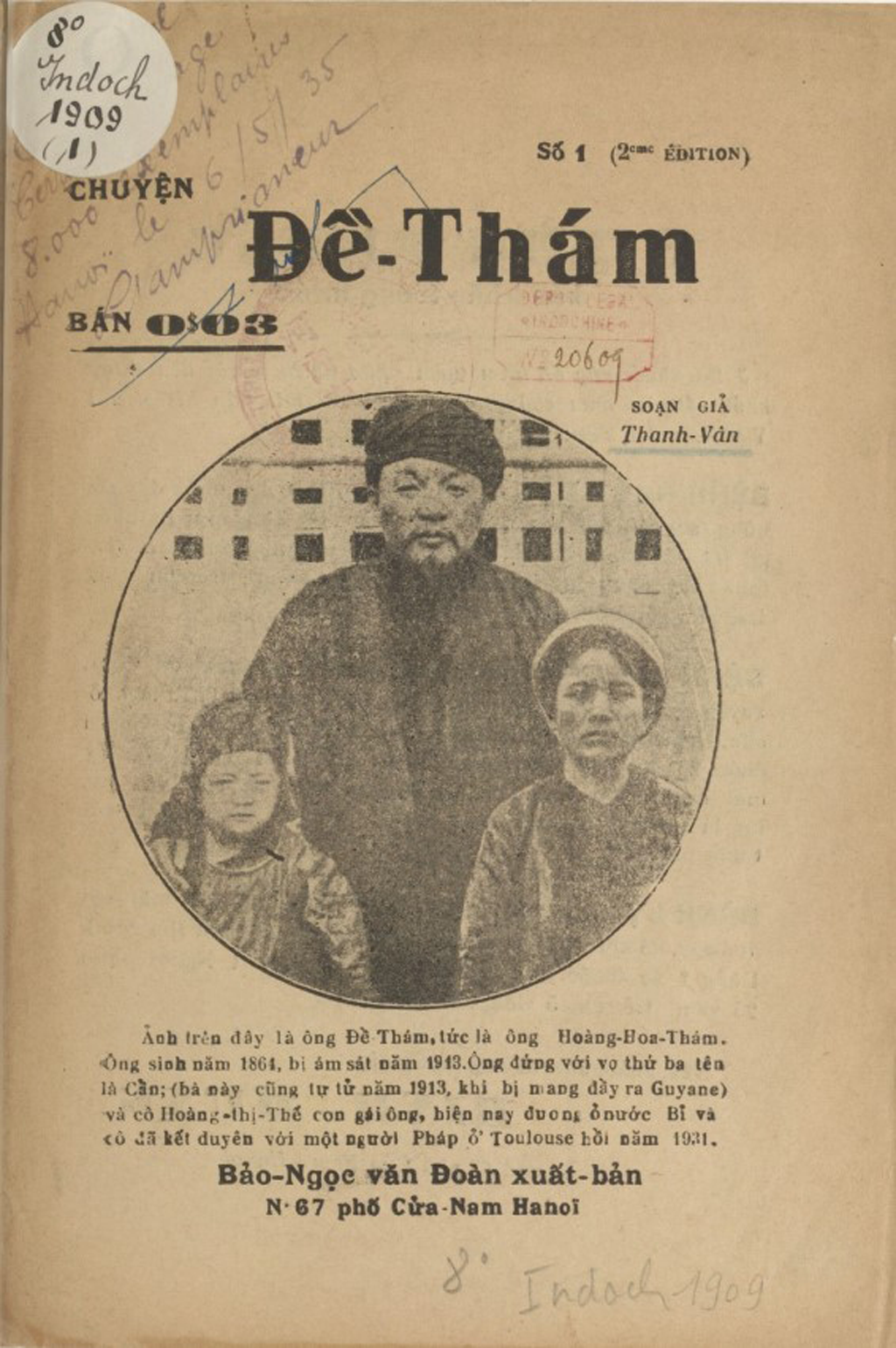
The Story of De Tham by Thanh Van is a penny novel, published in 1935.
Read books over time
During the second half of the 1930s, under the influence of the French Popular Front, the movement for freedom and democracy in Indochina, besides the literary books that always dominated, political books were published more than before. Wanting to be a union soldier translated by An Hai, published in 1937; Europe at war or peace translated by Thach Dai, published in 1937; A project for tax reform by Qua Ninh and To Dan published in 1938... are some such books.
Vu Ngoc Phan noted that in the years 1940 - 1945, novels were better-selling books than other genres. Due to the war, books from France could not be imported into Indochina, so the French in Vietnam also read Vietnamese books.
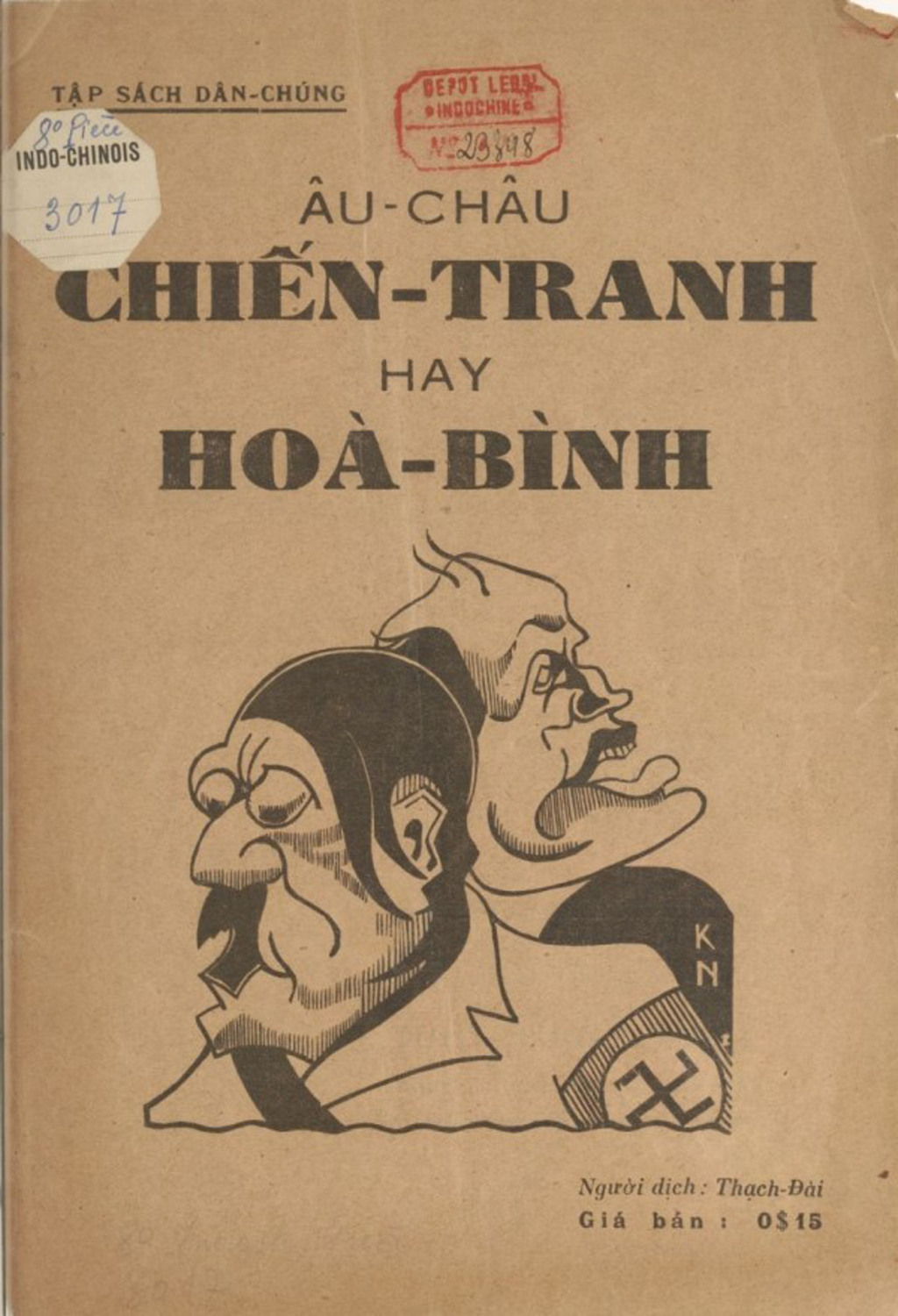
The book Europe at War or Peace was published in 1937.
After Japan's coup against France in early March 1945, many Japanese language books were published. Japanese language books became a dominant commodity. Vu Bang still remembers that " practical Japanese books sold like hotcakes". Vu Bao in his memoir "Roots of the Waves" also said that after the Japanese army entered Hai Phong, "there were a few Japanese language classes in the city. Practical Japanese and Fast-Learning Japanese appeared on the newsstands. Not only after March 1945, but right after Japan entered Indochina in 1940, many Japanese language books were published: Japanese language alone published by Nam Thien Thu Cuc in 1942; Japanese language alone compiled by Nguyen Manh Bong, published by Nam Son Publishing House in 1942; Learning to speak Japanese alone published in 1942; Speaking Japanese by Dao Nguyen published in 1942...
Reading books is not something that can be read just because one wants to. Books that are banned from being bought or stored by the government become banned books that cannot be owned, and if discovered, can easily be charged with a crime. In school, students must read books according to regulations. Son Nam, when studying in Can Tho, still remembers "the funniest thing was that during free review hours, reading Vietnamese books was banned, and if one wanted to read, one had to present it to the Vietnamese professor to ask for permission to read". This was a precautionary measure of the French at that time, but according to Son Nam, "I understand that they wanted to ban political books that were directly or indirectly anti-colonial. Occasionally, the supervisors would come across a few books, warn them or bring them to the disciplinary council, and students could be expelled, even though those books were freely sold in bookstores in the market" . (continued)
Source link



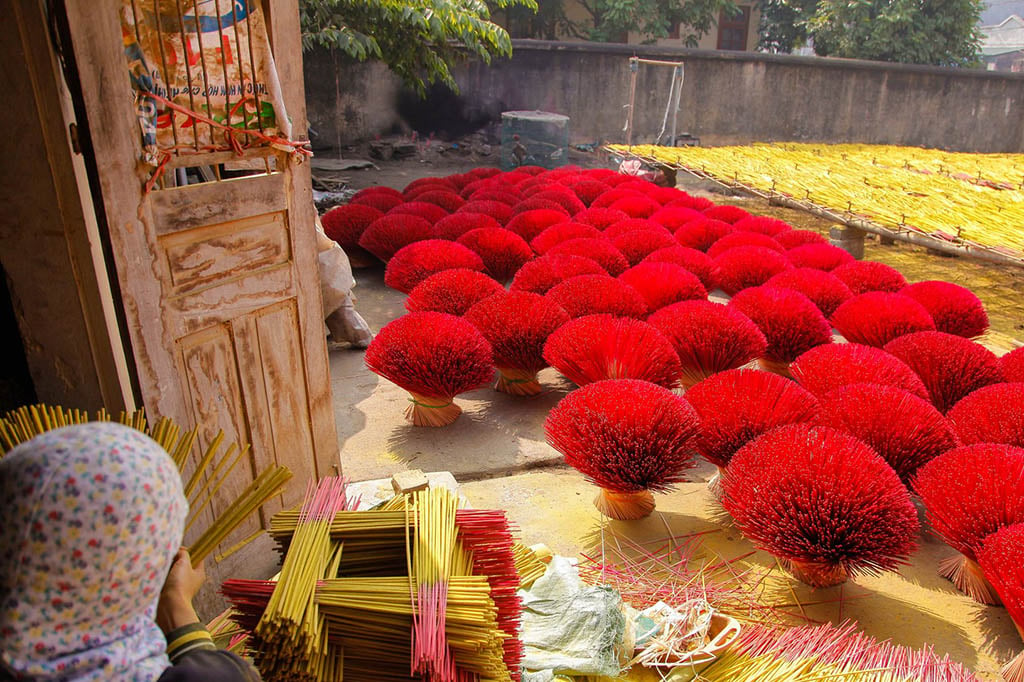



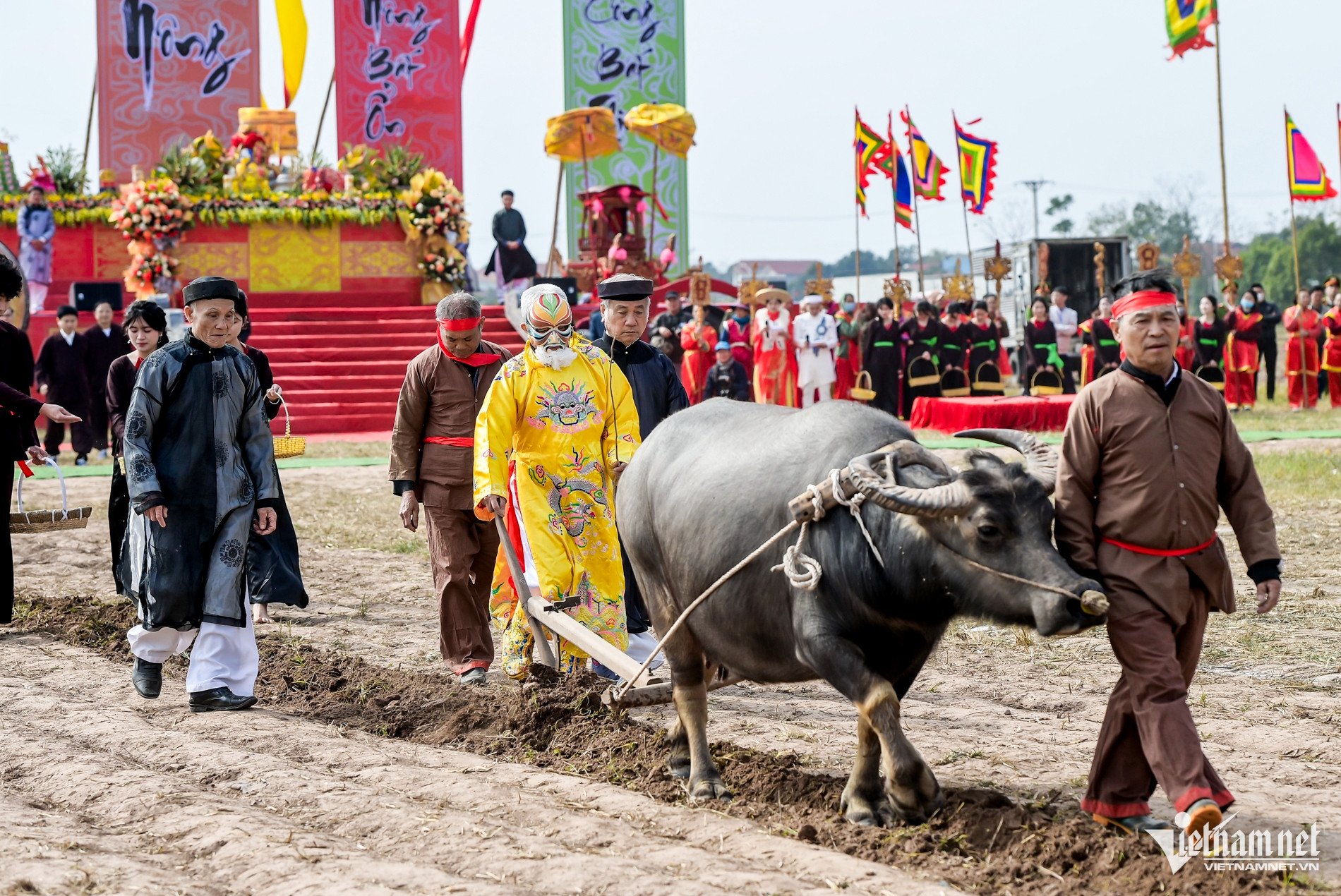












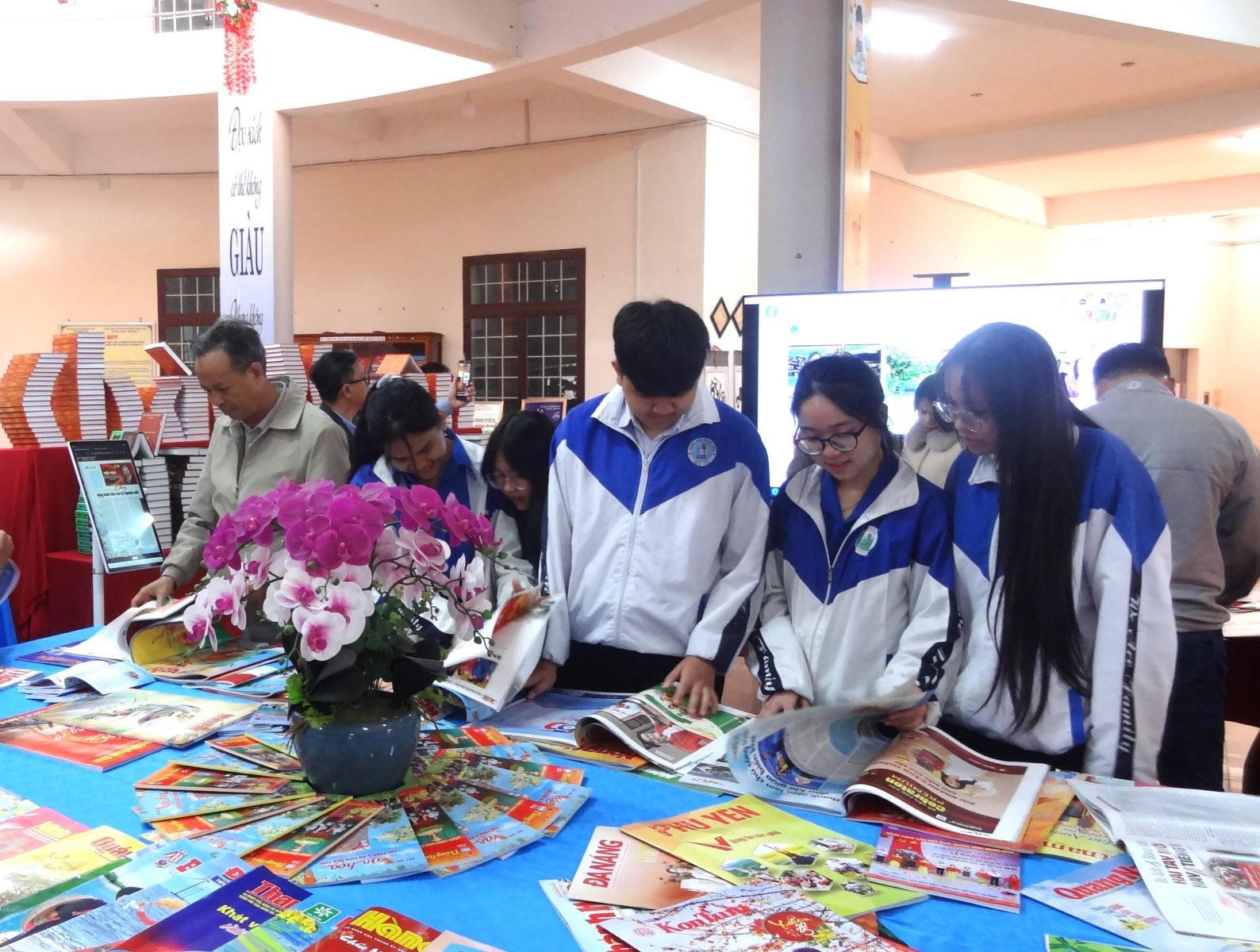



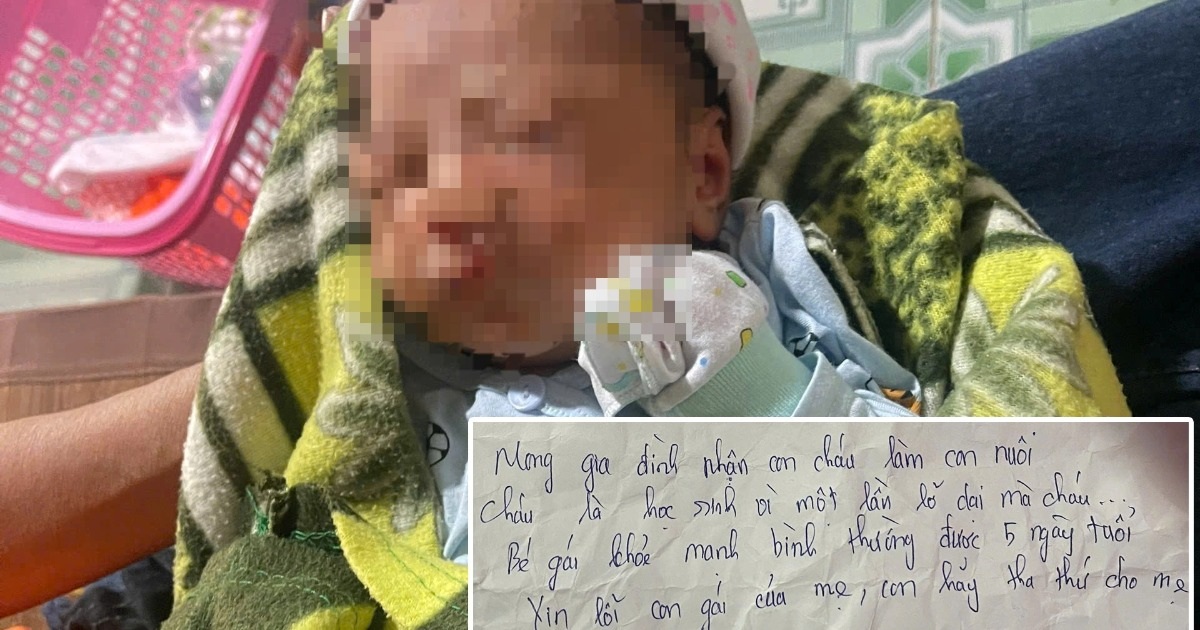

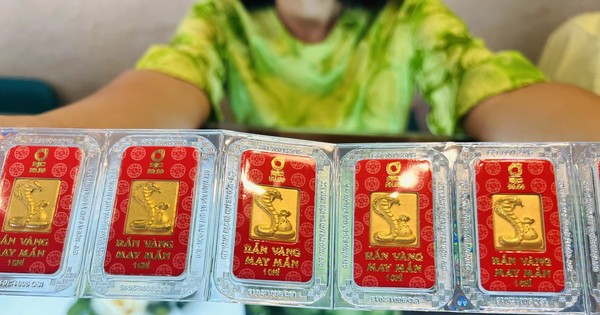

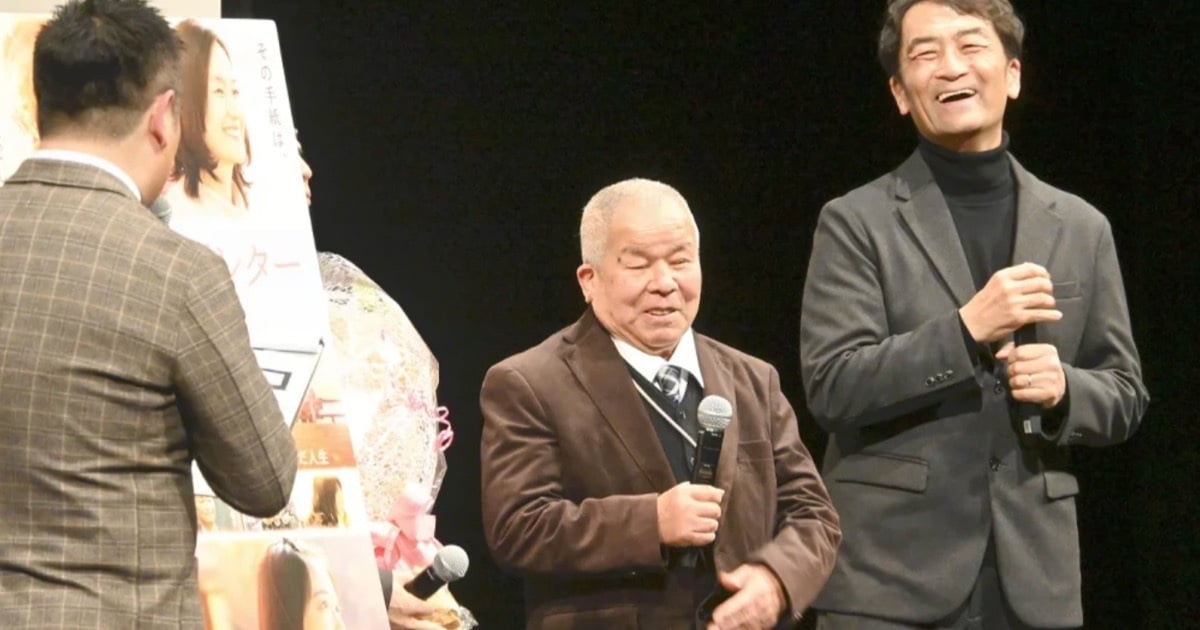
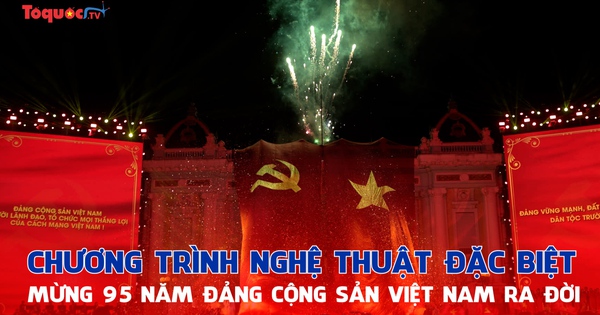



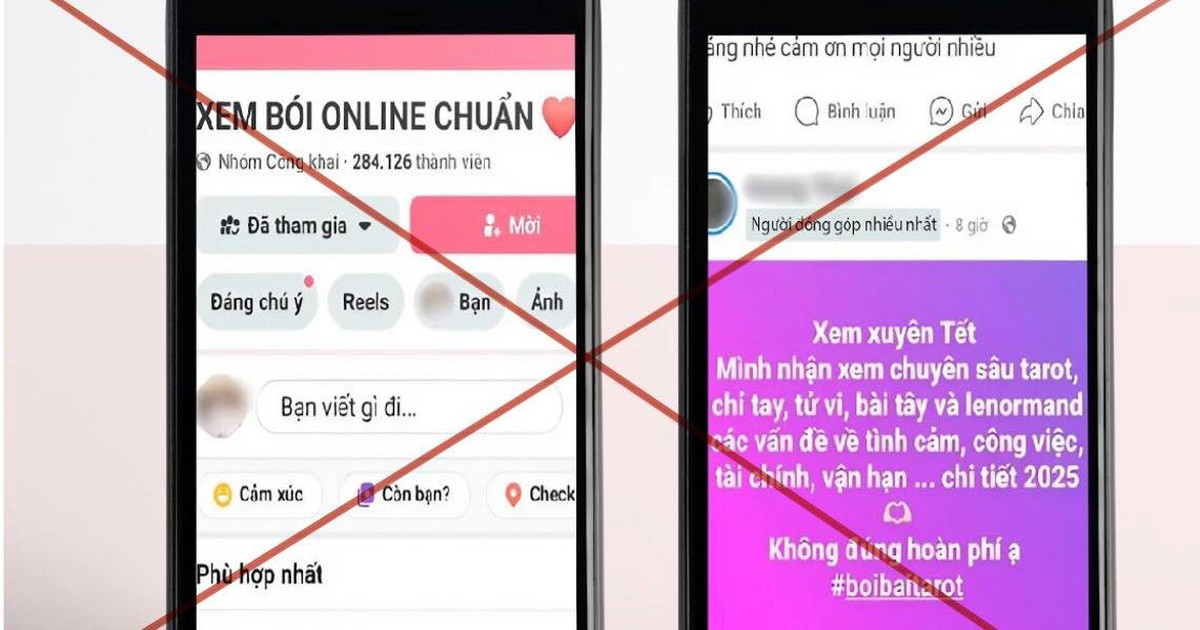


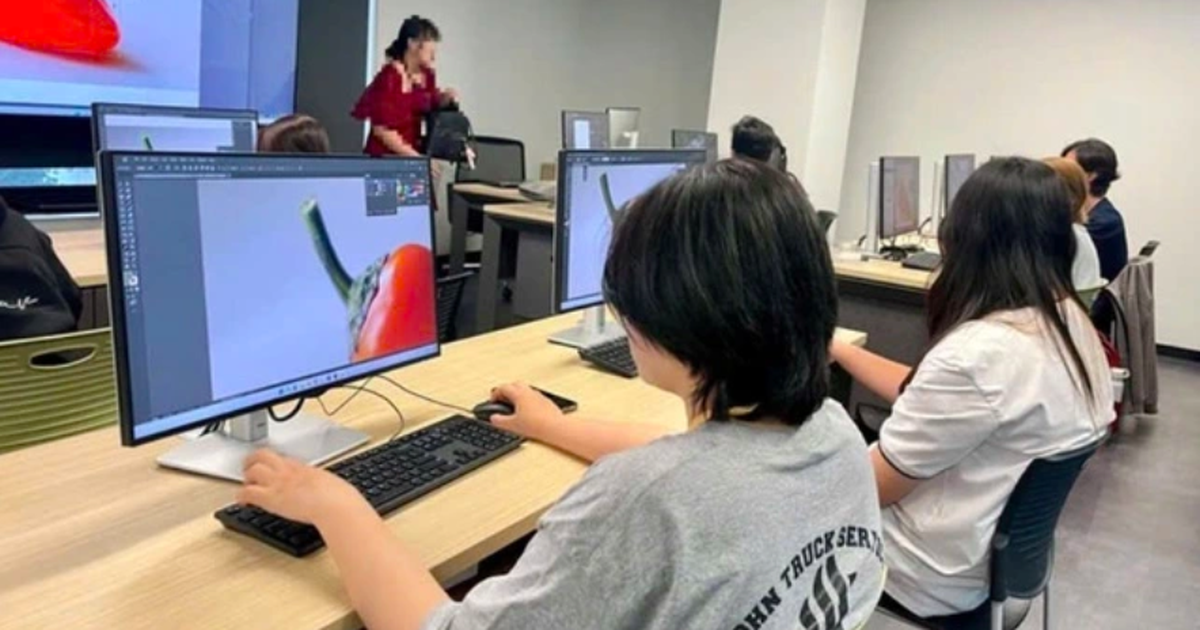














Comment (0)